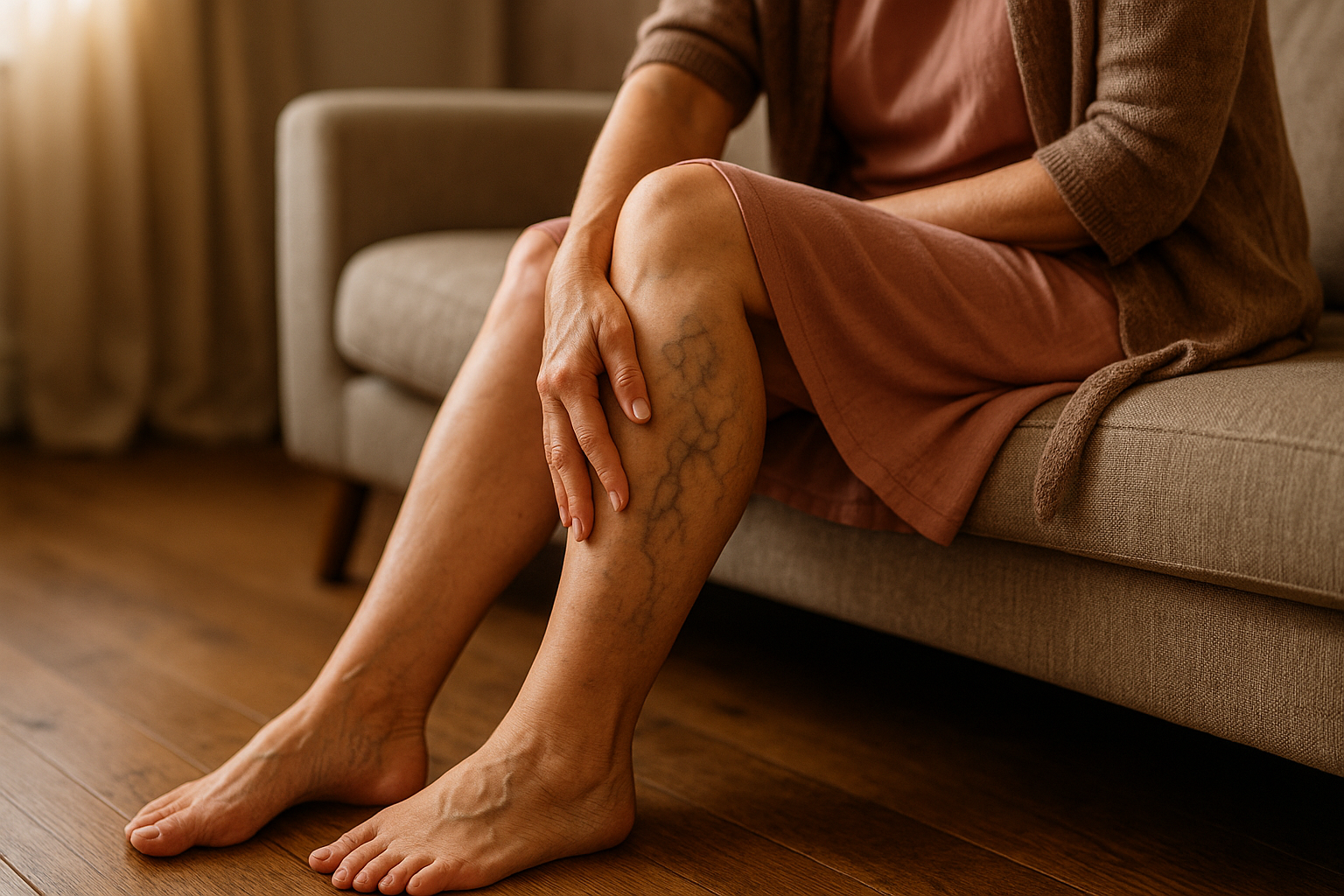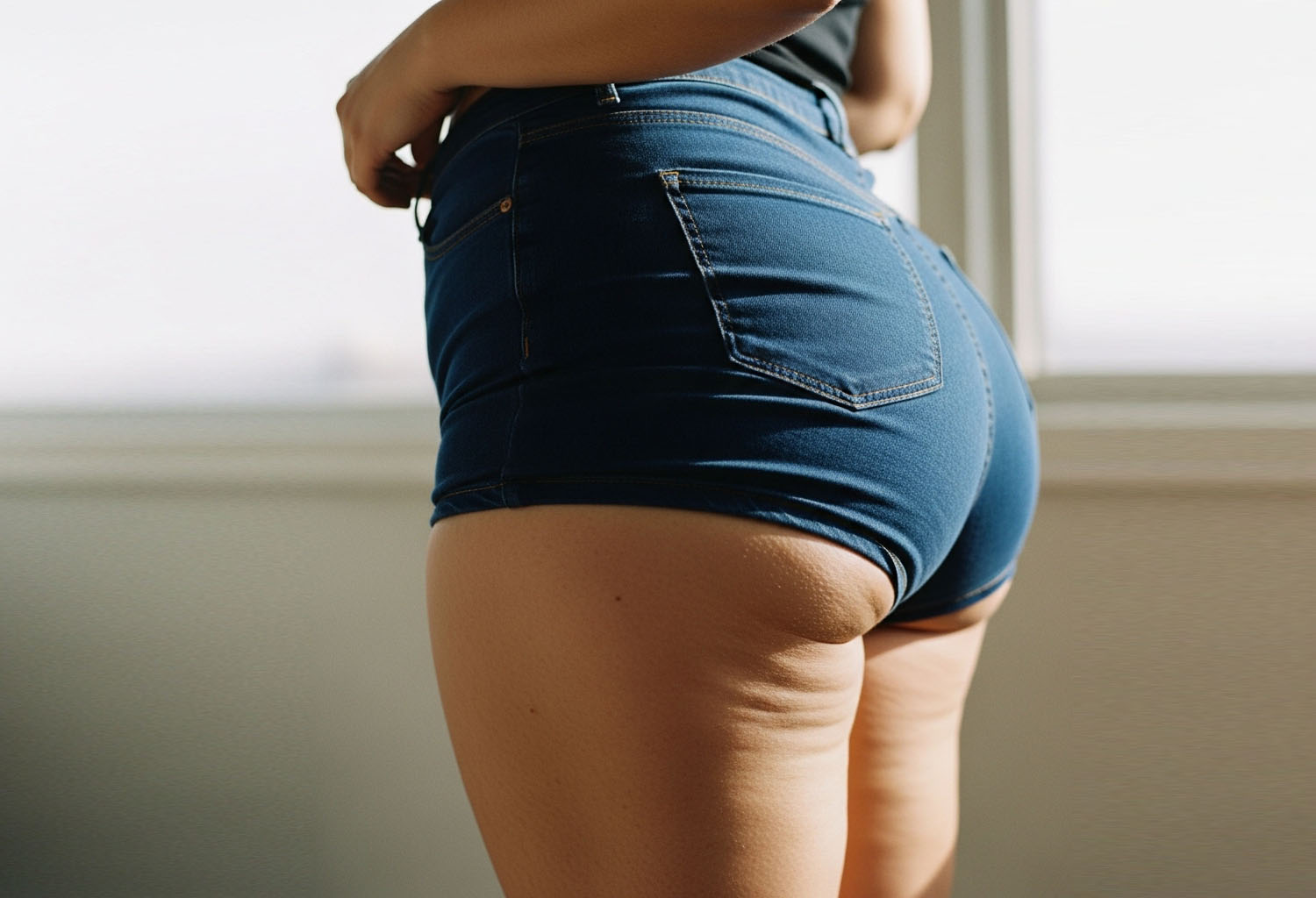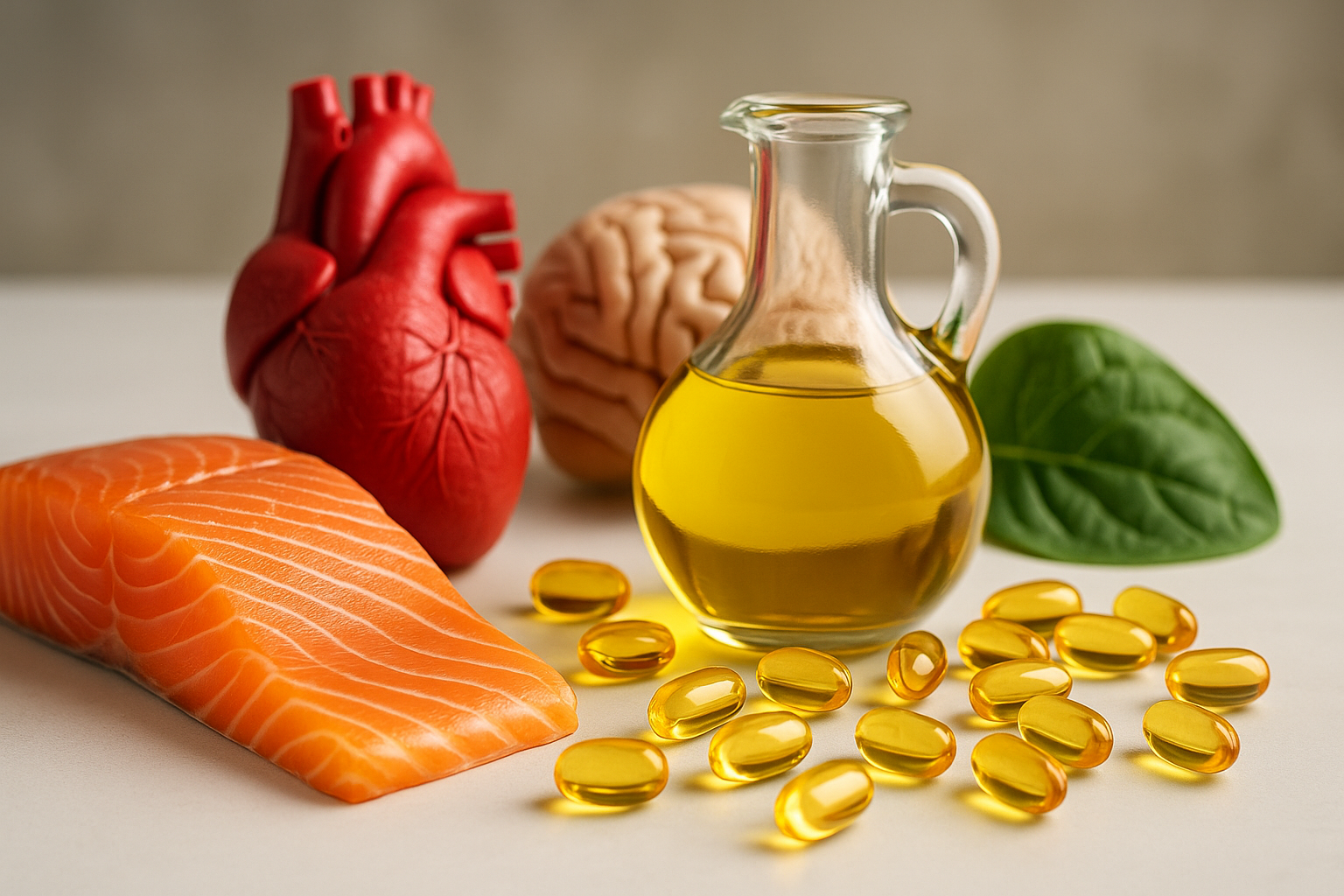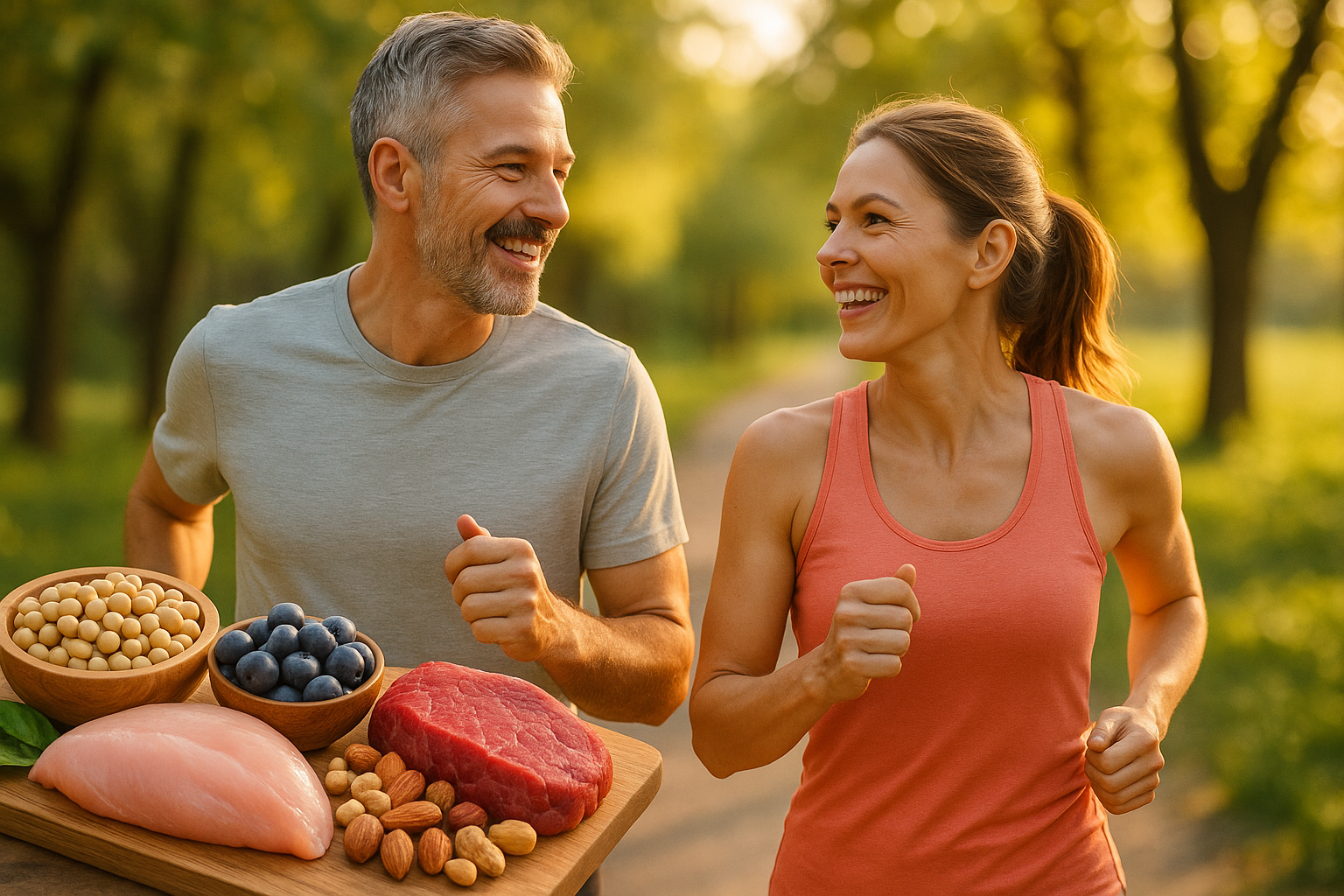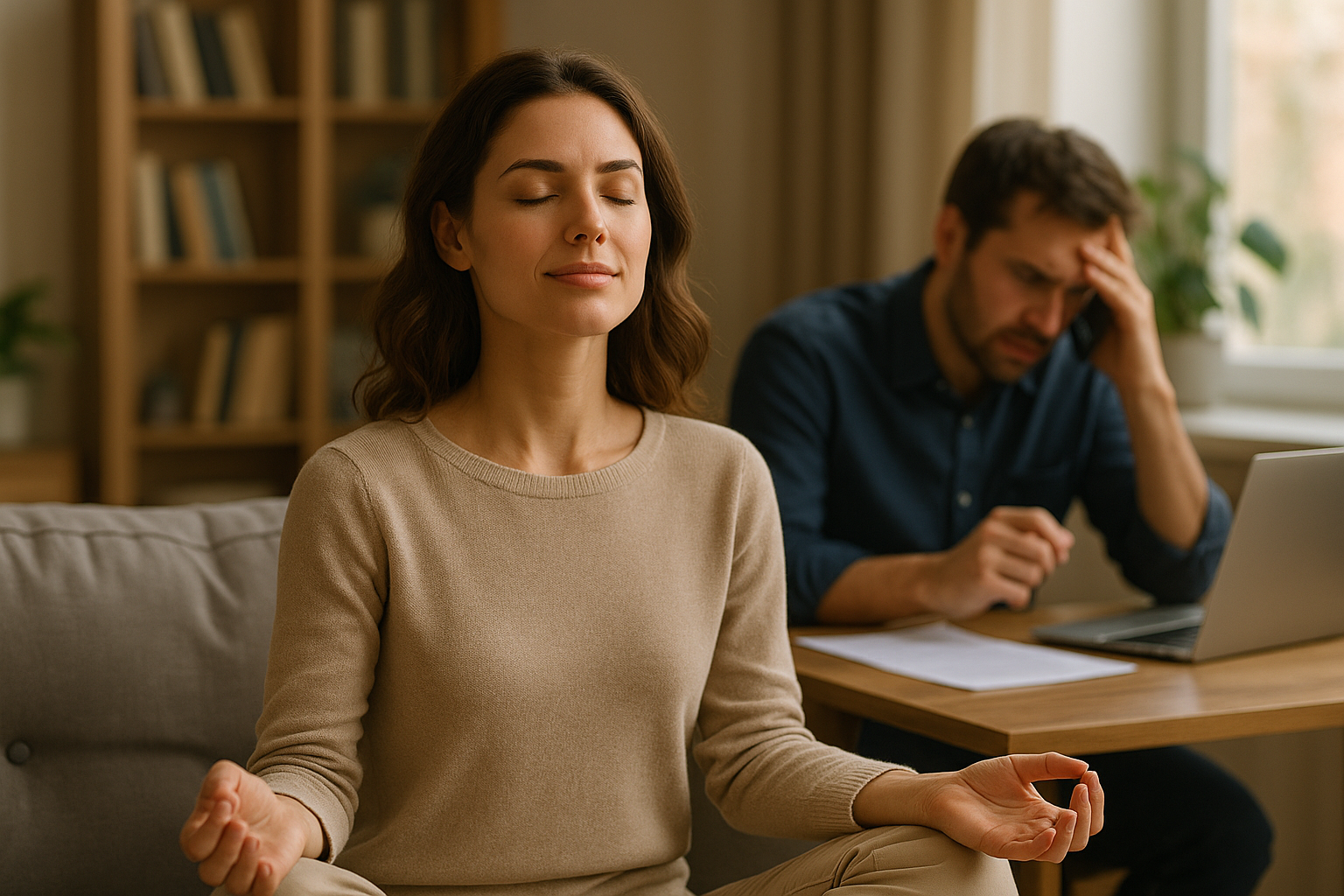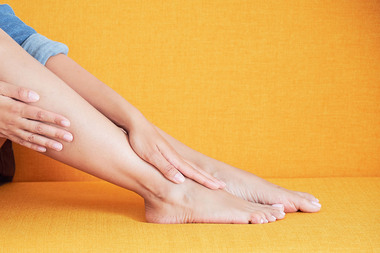
A handstand is quite strenuous and usually not bearable for long. Immediately the blood shoots into the head and causes a certain pressure. If you stand upside down, you get an idea of what the legs do day by day and with what force the veins and muscles have to pump the large amount of blood back towards the heart. Five to six litres flow through the organism.
If the veins in the legs become tired and weak, most of those affected complain of a feeling of heaviness or swelling, usually towards evening. In summer, these symptoms even worsen, as the heat makes it even more difficult for the vessels to transport blood.
People who sit for long periods, drive a lot or stand most of the day weaken their veins in the long run. Movement is essential for the functioning of the muscle pump, i.e. the muscles that lie around the veins in the lower leg and are known to work like a pump. No less important are the venous valves, which open and close alternately and function similarly to sluices.
The feeling of tired, aching and often swollen legs is a sign of an intact vein activity. Women in particular suffer from heavy legs, which are usually due to a congenital vein and connective tissue disorder. Venous disorders must be taken seriously. They can lead to varicose veins or even thrombosis. In addition, poor functioning of the veins can have a negative effect on the heart and the entire circulation.
Movement is important - as always!
So exercise. Veins have to work to stay intact. The leg muscles play a decisive role in this. That is why movement is important. Gymnastic exercises or endurance sports like walking, swimming or cycling are ideal for veins. Measures for more well-being in the legs include exercise as well as cold water showers that stimulate the blood circulation. Especially in warm temperatures, cooling down is good for the legs. It is advisable to start the cold water shower on the outside of the right foot, up the leg to just below the bottom and down the inside of the leg again. Repeat this procedure with the left leg. Now rinse the soles of the feet with cold water and dry the legs. Then put warm socks on the feet.
What can you do? It is very easy to specifically train or use the muscle pump. You can do this by alternately spreading your toes and letting them loose, while sitting down. When standing, you can bounce back and forth and roll from the tips of your toes over the sole of your foot to your heels and back. If you have to sit or stand a lot at work, you should also support the veins in their important work and put your legs up more often, at least in your free time. This is best done at a 45-degree angle. This relieves the veins and congested blood can flow back. Massages are also beneficial. Light, circular movements with a soft, dry brush in the direction of the heart area are most helpful.
Red grapevine (lat. Vitis vinifera purpurea), from which the vine leaf extract is obtained, is preferably cultivated in warm dry regions in Europe, Africa and America. The plant has been known since ancient times and has been mentioned in many traditions. The seeds and leaves of the red vine have been used in the past to relieve various ailments.
The vine leaves used for medicinal purposes contain various substances, including flavonoids. Harvesting takes place in autumn, as this is when the highest concentrations of active substances are found in the leaves. This fact is visually demonstrated by the deep red colour of the leaves.
It has been medically proven that vine leaves stimulate the blood circulation and relieve the legs. Vine leaf extract works from within. It seals the veins, thus preventing swelling. Vine leaves support the veins and are used to prevent as well as treat chronic complaints. In combination with essential oils, vine leaf products also have a refreshing effect.




